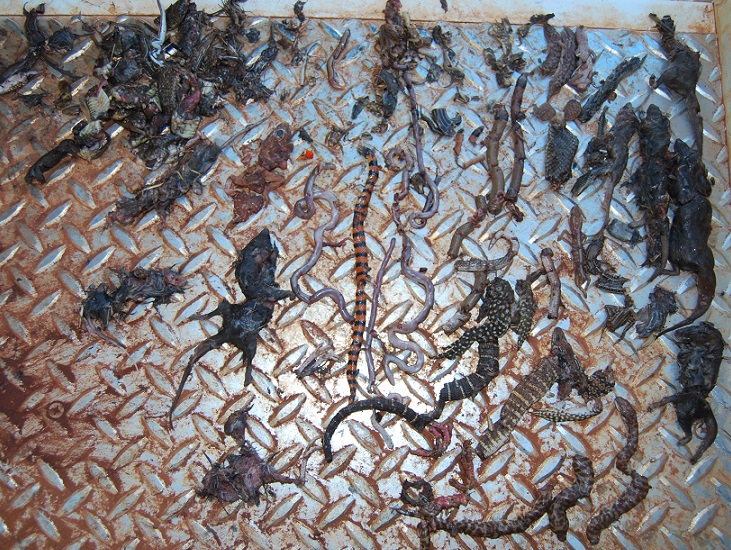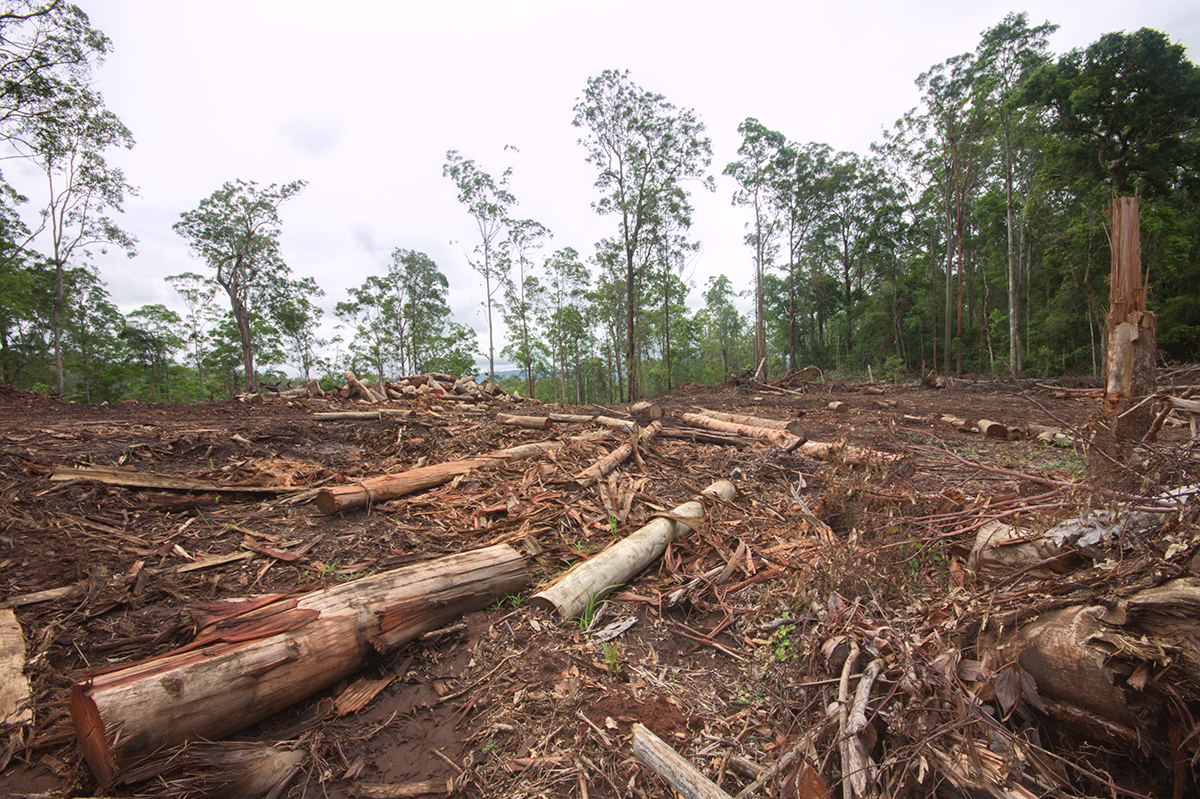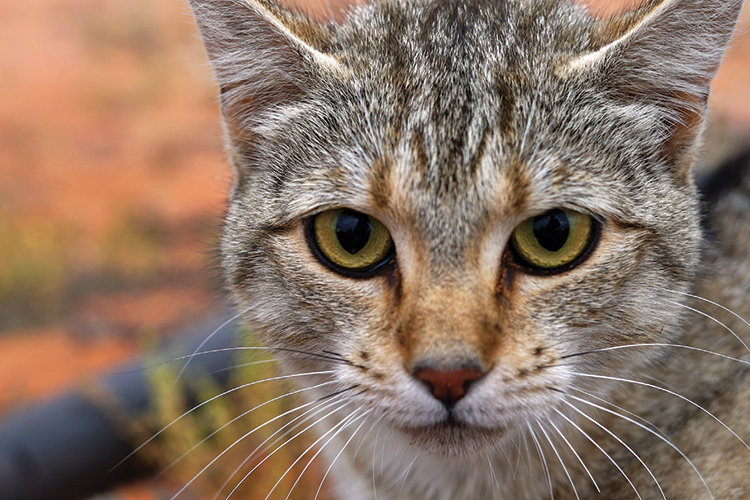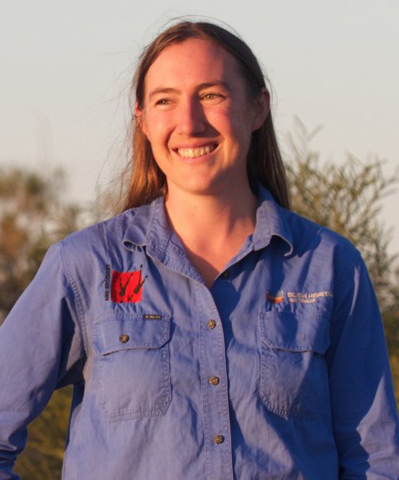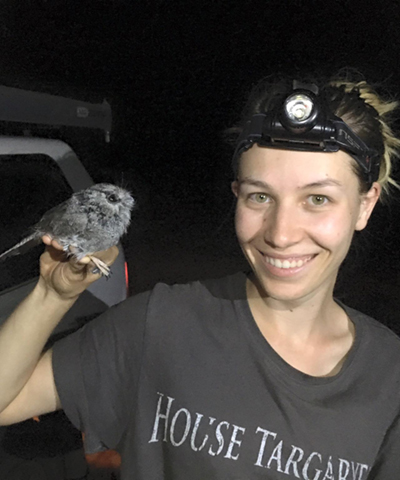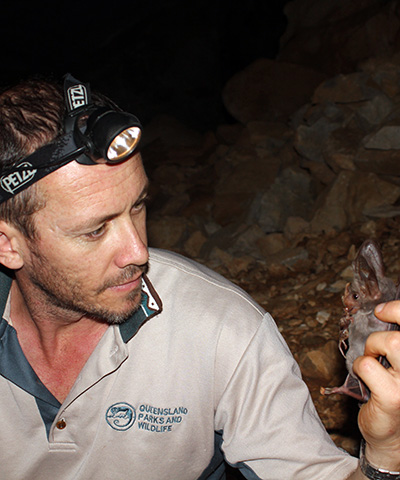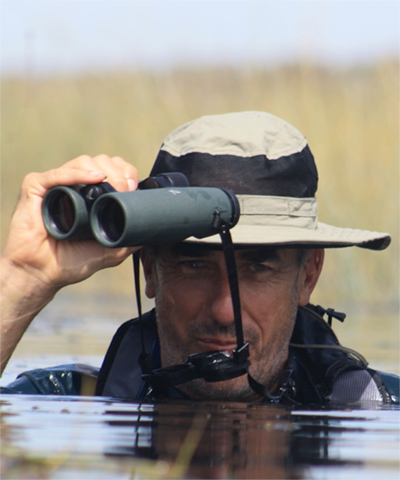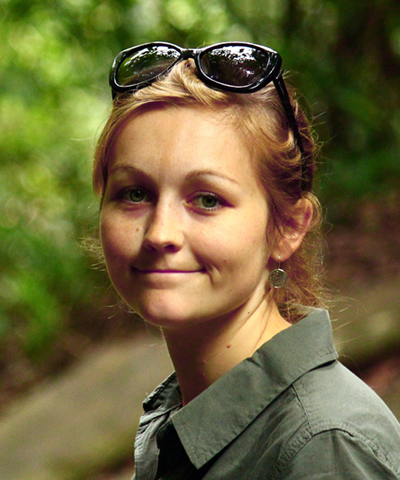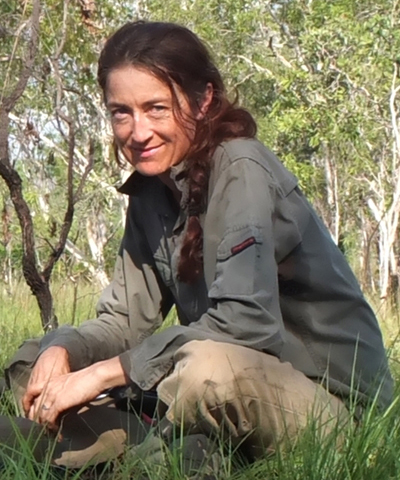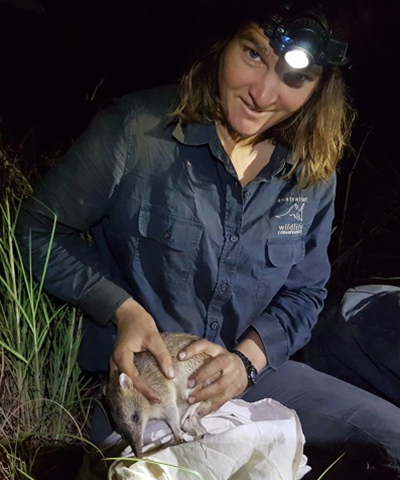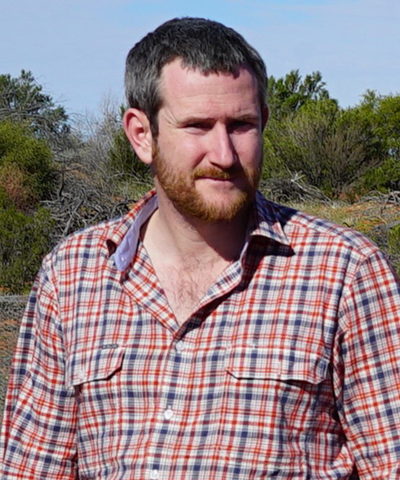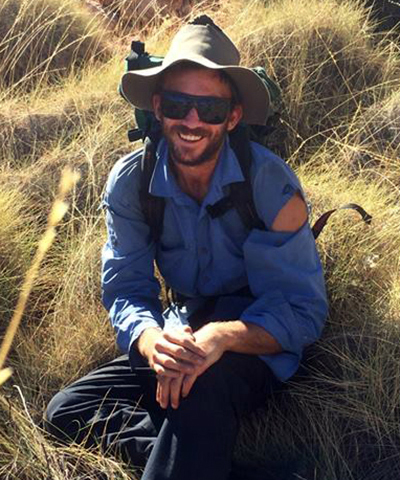
Project: 1.1
Impacts and management options for introduced predators
Project Leaders: Sarah Legge , John Woinarski
The conservation problem
Feral cats and foxes have caused many species extinctions and remain a serious threat to Australia’s vertebrates, especially its mammals. Although we have a range of options for controlling foxes at large scales, effectively controlling cats has been a trickier problem, because the usual fox control methods do not work well on cats.
How this research is addressing the problem
This project is improving our understanding of cat impacts, and how to control those impacts. It has produced the first estimate for the size of the feral cat population in Australia, and identified some of the causes for variation in cat density at a continental scale. The project team has collated and analysed large and diverse sets of field data, including from other TSR Hub projects, to measure predation rates of cats on birds, reptiles and mammals, and to identify the ecological traits that make some species more vulnerable to cat predation than others. The project is also documenting sites where mammal species susceptible to cat and fox predation are best-protected, so conservation action can be directed towards the species most urgently in need of extra help.
The project includes several field components designed to test whether different cat control methods are effective at protecting threatened species, in environments as diverse as the Pilbara, South Australia and Queensland.
What we aim to collectively achieve through this research
The research aims to improve the evidence base for cat impacts, improve our understanding of which species are most heavily affected by cats, what sorts of cat density they can withstand, and therefore what kinds of management (e.g., complete cat/fox exclusion, poison-baiting, habitat management including fire, grazing and dingo management) are the most cost-effective for maintaining a particular species in the landscape.
This project involves the following subprojects:
- Project 1.1.1 Responses of threatened species to cats and fire management in Kakadu and northern savannas
- Project 1.1.10 Responses of the Kangaroo Island Dunnart and other threatened species to a cat eradication program
- Project 1.1.12 Mitigating cat impacts on the brush-tailed rabbit-rat
- Project 1.1.2 Feral cat distribution, abundance, management and impacts on threatened species: collation and analysis of data
- Project 1.1.3 Feral cat control for threatened species in Queensland
- Project 1.1.4 The role of feral predators in disrupting small vertebrate communities in arid South Australia
- Project 1.1.5 Feral predators in south-east Australia: Towards a 'beyond the fence' strategy
Project 1.1.6 Integrated management of feral herbivores and feral predators - Project 1.1.7 Some responses of the threatened Northern Quoll to a large-scale cat baiting program in the Pilbara
Further reading on cats and their impacts:
Doherty TS, Dickman CR, Johnson CN, Legge SM, Ritchie EG, Woinarski JCZ (2017) Impacts and management of feral cats Felis catus in Australia. Mammal Review 47, 83-97.
Legge S, Murphy BP, McGregor H, Woinarski JCZ, Augusteyn J, Ballard G, Baseler M, Buckmaster T, Dickman CR, Doherty T, Edwards G, Eyre T, Fancourt B, Ferguson D, Forsyth DM, Geary WL, Gentle M, Gillespie G, Greenwood L, Hohnen R, Hume S, Johnson CN, Maxwell N, McDonald P, Morris K, Moseby K, Newsome T, Nimmo D, Paltridge R, Ramsey D, Read J, Rendall A, Rich M, Ritchie E, Rowland J, Short J, Stokeld D, Sutherland DR, Wayne AF, Woodford L, Zewe F (2017) Enumerating a continental-scale threat: how many feral cats are in Australia? Biological Conservation 206, 293-303.
Legge S, Woinarski JCZ, Burbidge AA, Palmer R, Ringma J, Mitchell N, Radford JQ, Bode M, Wintle B, Baseler M, Bentley J, Copley P, Dexter N, Dickman CR, Gillespie GR, Hill B, Johnson CN, Latch P, Letnic M, Manning A, McCreless EE, Menkhorst P, Morris K, Moseby K, Page M, Pannell D, Tuft K (2018) Havens for threatened Australian mammals: the contributions of fenced areas and offshore islands to protecting mammal species that are susceptible to introduced predators. Wildlife Research 45, 627-644.
Murphy BP, Woolley LA, Geyle HM, Legge SM, Palmer R, Dickman CR, Augusteyn J, Comer S, Doherty TS, Eager C, Edwards G, Harley D, Leiper I, McDonald PJ, McGregor H, Moseby K, Myers C, Read J, Riley J, Stokeld D, Trewella GJ, Turpin JM, Woinarski JCZ (2019) Introduced cats (Felis catus) eating a continental mammal fauna: the number of individuals killed. Biological Conservation In press.
Radford JQ, Woinarski JCZ, Legge S, Baseler M, Bentley J, Burbidge AA, Bode M, Copley P, Dexter N, Dickman CR, Gillespie G, Hill B, Johnson CN, Kanowski J, Latch P, Letnic M, Manning A, Menkhorst PW, Mitchell N, Morris K, Moseby KE, Page M, Ringma J (2018) Degrees of population-level susceptibility of Australian mammal species to predation by the introduced red fox Vulpes vulpes and feral cat Felis catus. Wildlife Research 45, 645-657.
Ringma J, Legge S, Woinarski JCZ, Radford JQ, Wintle B, Bentley J, Burbidge AA, Copley P, Dexter N, Dickman CR, Gillespie GR, Hill B, Johnson CN, Kanowski J, Letnic M, Manning A, Menkhorst PW, Mitchell N, Morris K, Moseby KE, Page M, Palmer R, Bode M (2019) Strategic planning can rapidly close the protection gap in Australian mammal havens. Conservation Letters 12.1 (2019), e12611.
Woinarski JCZ, Legge SM, Dickman CR (2019) Cats in Australia: Companion and killer. CSIRO Publishing, Melbourne.
Woinarski JCZ, Murphy BP, Palmer R, Legge S, Dickman CR, Doherty TS, Edwards G, Nankivell A, Read JL, Stokeld D (2018) How many reptiles are killed by cats in Australia? Wildlife Research 45, 247-266.
Woinarski JCZ, Murphy BP, Legge SM, Garnett ST, Lawes MJ, Comer S, Dickman CR, Doherty TS, Edwards G, Nankivell A (2017) How many birds are killed by cats in Australia? Biological Conservation 214, 76-87.
Woinarski JCZ, Woolley LA, Garnett ST, Legge SM, Murphy BP, Lawes MJ, Comer S, Dickman CR, Doherty TS, Edwards G, Nankivell A, Palmer R, Paton D (2017) Compilation and traits of Australian bird species killed by cats. Biological Conservation 216, 1-9.
Woolley LA, Geyle HM, Murphy BP, Legge SM, Palmer R, Dickman CR, Augusteyn J, Comer S, Doherty TS, Eager C, Edwards G, Harley D, Leiper I, McDonald PJ, McGregor H, Moseby K, Myers C, Read J, Stokeld D, Woinarski JCZ (2019) Introduced cats (Felis catus) eating a continental fauna: inventory and traits of Australian mammal species killed. Mammal Review In press.
Image: European Red Fox (Vulpes vulpes) by Harley Kingston/Flickr (CC BY 2.0)
